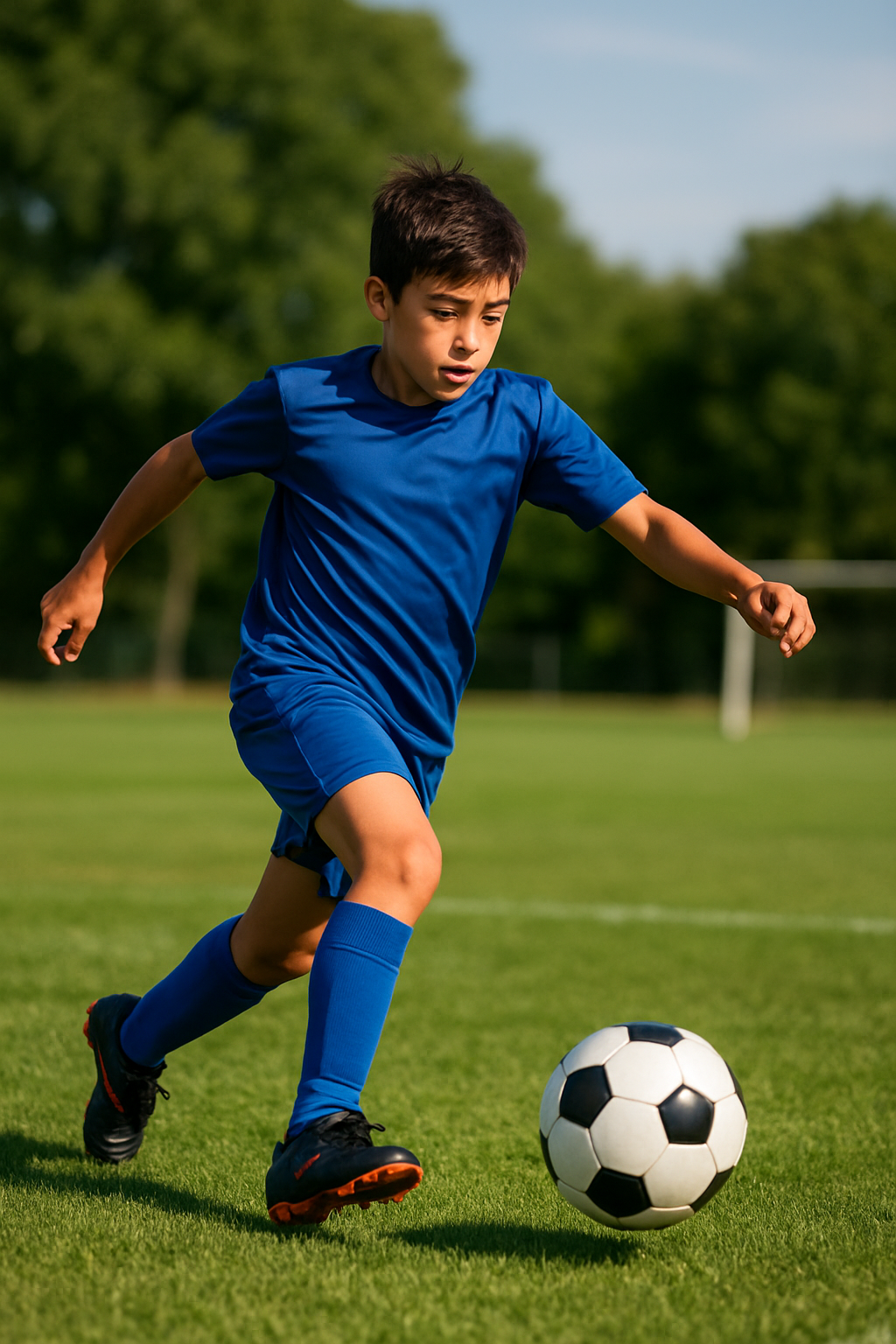Understanding Ayurveda's Foundational Principles in Athletics
Ayurveda operates on the fundamental principle that each individual possesses a unique constitution or "Prakriti," determined by the balance of three doshas: Vata (air and space), Pitta (fire and water), and Kapha (earth and water). In the context of sports, understanding an athlete's doshic constitution becomes crucial for developing personalized training regimens, dietary plans, and recovery protocols.
Vata-dominant athletes typically excel in sports requiring quick movements, agility, and endurance, such as running, cycling, or gymnastics. However, they may be prone to injuries, anxiety, and irregular energy patterns. Pitta-dominant athletes often gravitate toward competitive sports and possess natural leadership qualities, excelling in activities that require focus and determination like tennis, martial arts, or team sports. They may struggle with overheating and aggressive tendencies. Kapha-dominant athletes usually have excellent stamina and strength, making them well-suited for powerlifting, wrestling, or long-distance swimming, though they may need extra motivation and can be prone to weight gain and sluggishness.
Ayurvedic Nutrition for Athletic Performance
Ayurvedic nutrition principles offer sophisticated guidance for athletes seeking optimal performance through dietary choices. Unlike one-size-fits-all nutritional approaches, Ayurveda emphasizes eating according to one's constitution, the season, the time of day, and the specific demands of training or competition.
For athletes, Ayurveda recommends consuming foods that balance their dominant dosha while supporting their athletic goals. Vata athletes benefit from warm, moist, and grounding foods such as cooked grains, healthy fats, and warming spices. Pitta athletes should focus on cooling foods like fresh fruits, vegetables, and moderate amounts of dairy, while avoiding excessive heat-producing foods. Kapha athletes thrive on light, warm, and stimulating foods with plenty of spices and minimal heavy or oily foods.
The concept of "Agni" or digestive fire plays a crucial role in athletic nutrition. Strong digestive fire ensures proper nutrient absorption and energy production, while weak digestion can lead to fatigue and poor performance. Ayurveda provides specific practices to strengthen digestion, including eating at regular times, consuming the largest meal when the sun is highest, and incorporating digestive spices like ginger, cumin, and coriander.
Herbal Support and Natural Enhancement
Ayurvedic herbs offer natural support for various aspects of athletic performance, from energy enhancement to recovery acceleration. Ashwagandha, known as an adaptogen, helps athletes manage stress while building strength and endurance. Research has shown that ashwagandha supplementation can increase muscle mass, strength, and recovery while reducing exercise-induced stress markers.
Shilajit, a mineral-rich compound, supports energy production at the cellular level and enhances oxygen delivery to tissues, making it valuable for endurance athletes. Turmeric provides powerful anti-inflammatory benefits that can reduce exercise-induced inflammation and support recovery. Brahmi enhances mental clarity and focus, crucial for sports requiring concentration and strategic thinking.
Other important herbs include Guduchi for immune system support, Arjuna for cardiovascular health, and Triphala for digestive health and detoxification. These herbs work synergistically to support overall health and athletic performance when used appropriately under proper guidance.
Training Periodization Through Ayurvedic Lens
Ayurveda's understanding of natural rhythms and cycles provides valuable insights for training periodization. The system recognizes daily rhythms (dinacharya), seasonal cycles (ritucharya), and life stage considerations that can optimize training effectiveness and prevent burnout.
Daily rhythms suggest that different times of day are optimal for different types of training. The Kapha period (6 AM to 10 AM) is ideal for strength and endurance training when the body is naturally more stable and grounded. The Pitta period (10 AM to 2 PM) is perfect for high-intensity training and competition when focus and energy are at their peak. The Vata period (2 PM to 6 PM) suits skill development and flexibility training when the nervous system is most active.
Seasonal training adjustments based on Ayurvedic principles can prevent seasonal imbalances and optimize performance. Summer training should emphasize cooling practices and avoid excessive heat generation, while winter training can incorporate more heating and strengthening activities. Spring is ideal for detoxification and building new training habits.
Recovery and Regeneration Practices
Ayurvedic recovery practices of


i am grateful for ayurdhara